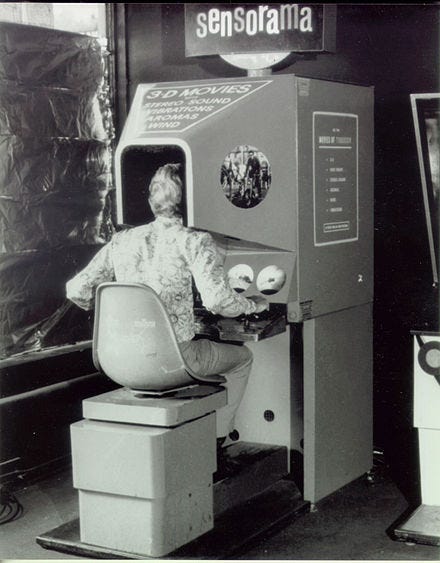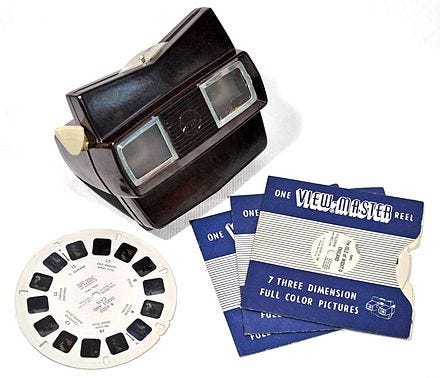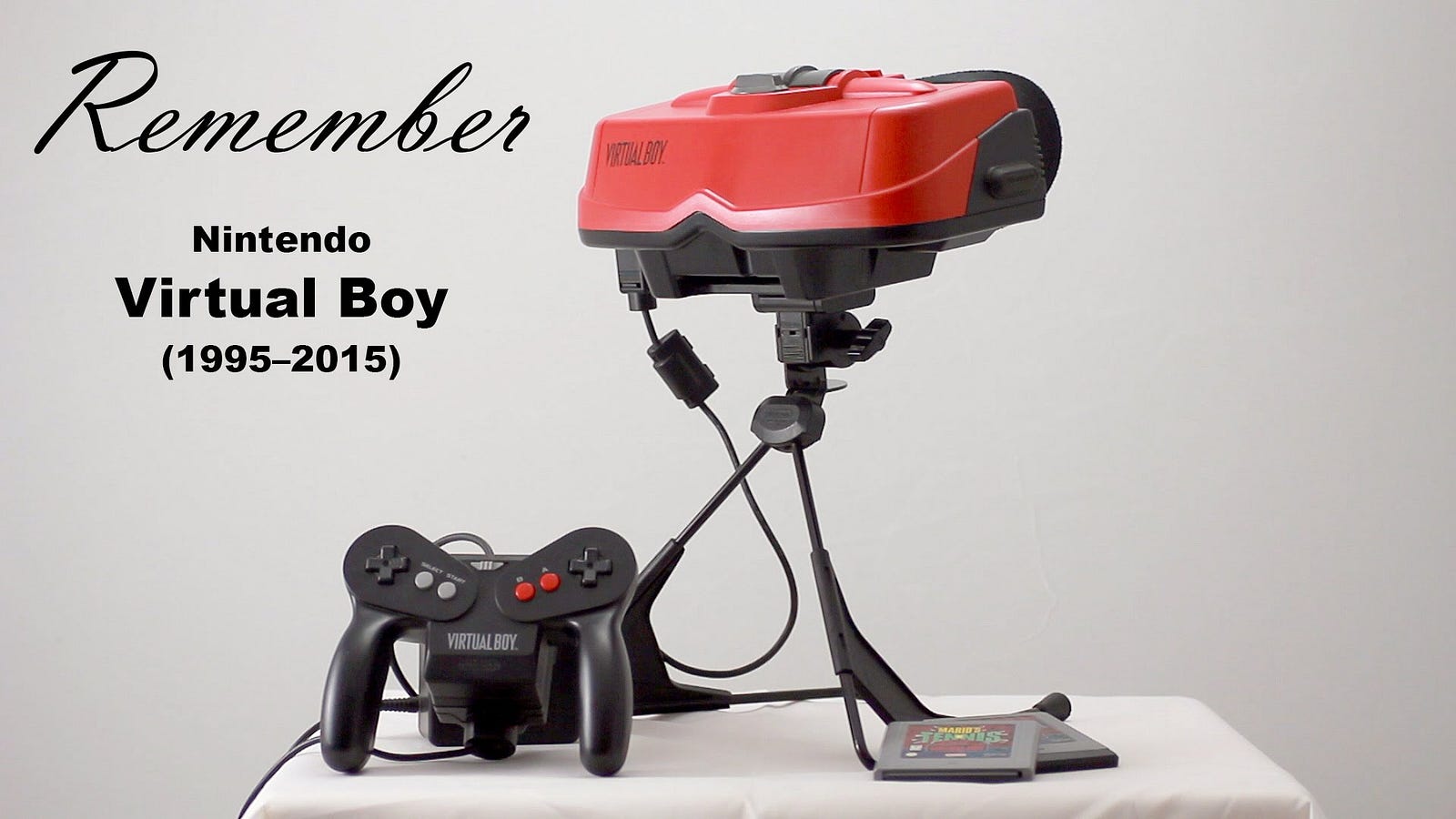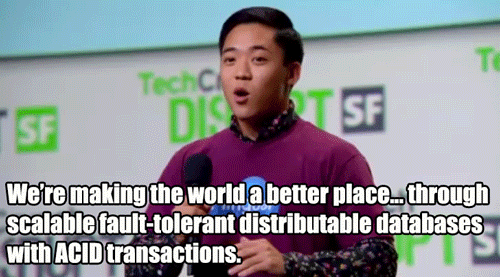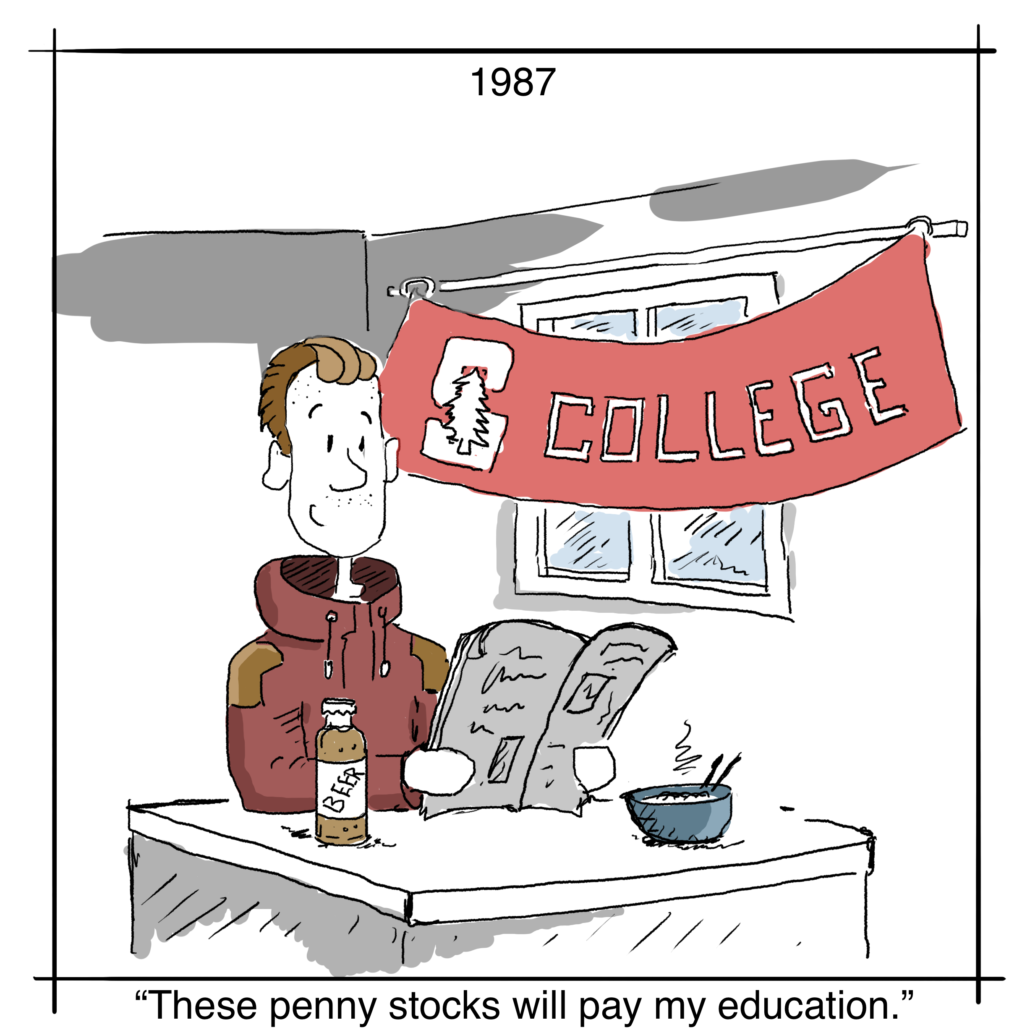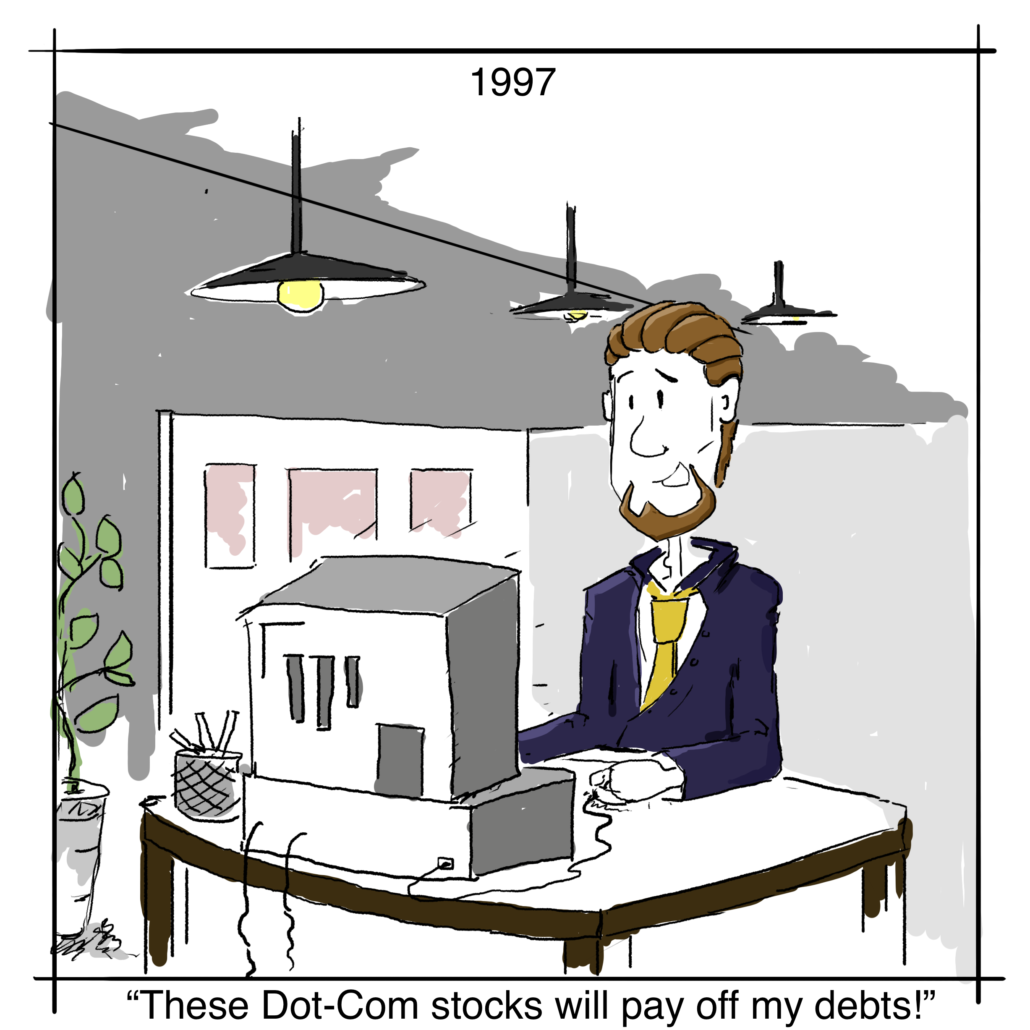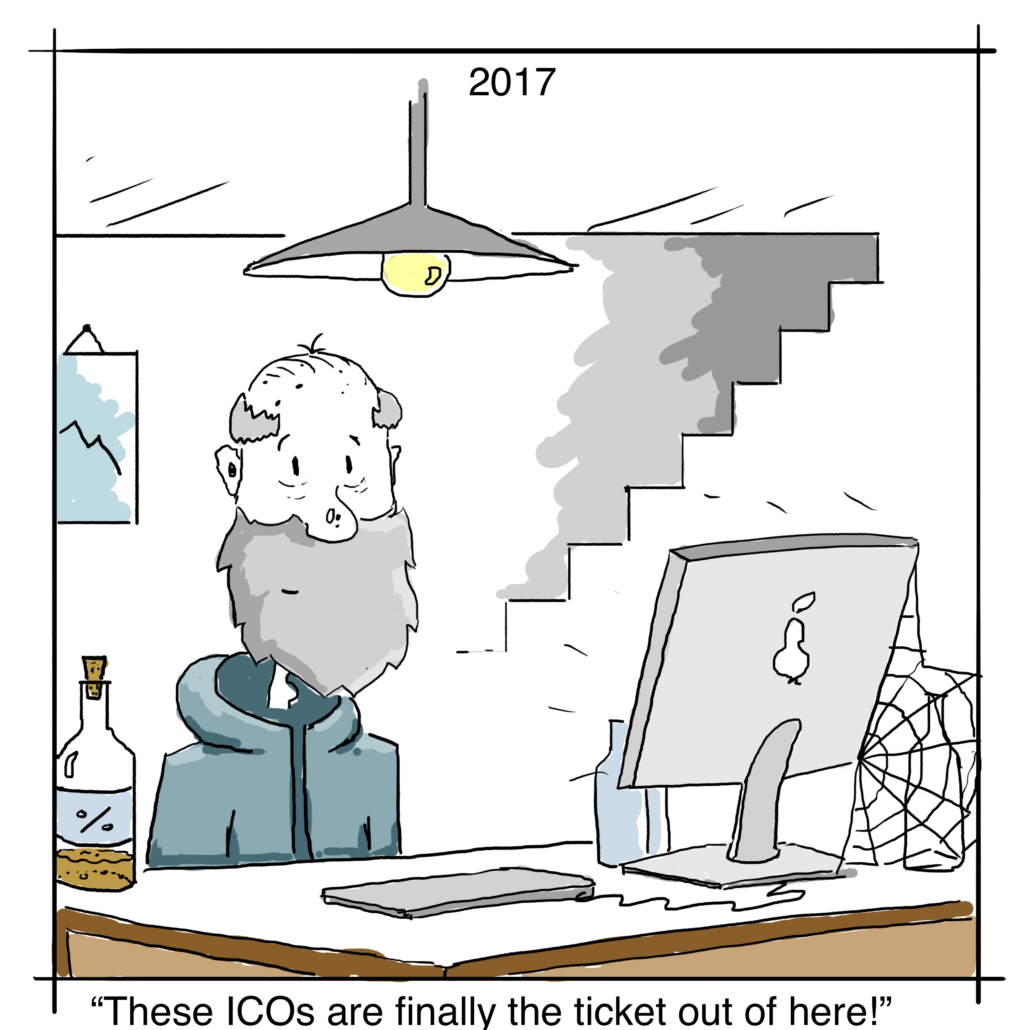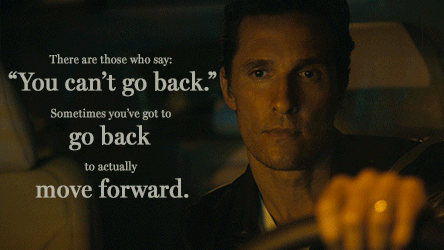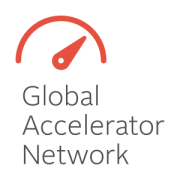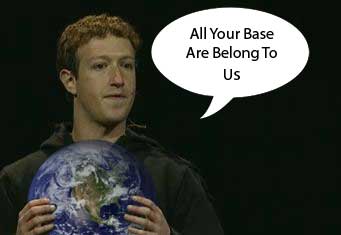Choosing an Accelerator: 11 Questions to Ask
So you’ve got an idea for a tech startup. You’ve done your positioning statement, you’ve talked to people you trust about the idea. Maybe you’ve even talked to customers. Maybe you’ve already sold your product, or gotten users to sign up for your beta. Fantastic. Now maybe you need a Seed Accelerator. Not every tech startup needs one, and not every accelerator is the right choice. How do you know?
To Accelerate or Not?
At StartupYard, 59 startup investments in 6 years have shown us that the most important factor for founders looking at acceleration programs is fit. If the founders and their company are a good fit for the program, with the other startups, the mentor community and investors behind it, then the stage of the company, the domain, and the market focus are not nearly as important.
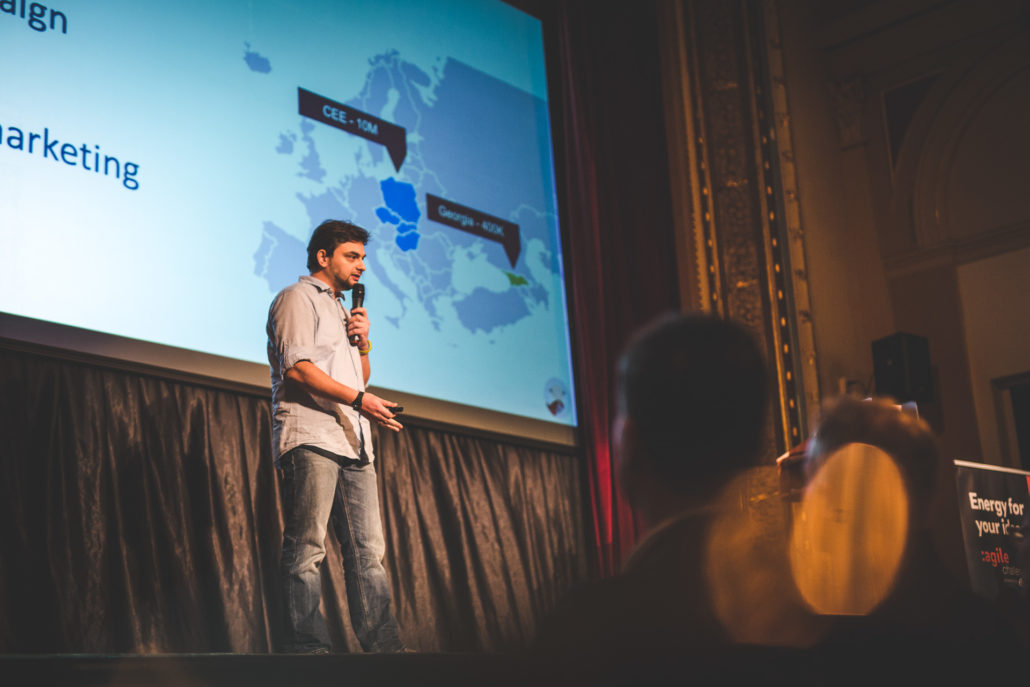
This is why we’ve invested in companies doing hardcore cutting edge technology like AI and Cybersecurity, but also companies doing technologically simple things, like marketplaces, and sharing economy startups. If the fit is good, then the diverse backgrounds and ideas of the founders enhance each other, and mentors and investors get more engaged, because all of them are able to find something they’re passionate about in every batch.
We emphasize fit over most other considerations. How can we actually help companies succeed?
Nothing can guarantee fit, but there are at least 11 things you *can* ask any accelerator to determine whether it is the program you really need.
So here they are:
1. Why Is the Accelerator Interested in My Startup?
Few founders ask us this, but to me, it’s a potential game changer as a question.
What I see as an ideal answer is: “Because we see potential in your team, because we believe in the market you’re in, and because we think our program can help you.” It helps if the accelerator likes your technology, sees it as a big opportunity, and doesn’t want to miss out. But that’s unlikely to be enough on its own.
If the accelerator can’t clearly show you why your interests are aligned, you should think twice.
2. Are You Convinced by My Pitch?
Everyone likes validation. But you don’t necessarily want an accelerator that isn’t willing to say “no.”
We are not convinced by every pitch we hear, and that’s ok, if we *are* convinced by the team. Founders should go into a program knowing that they may need to consider big changes to their approach, and their assumptions. We want teams with a passion for their ideas, but not with a toxic sense of pride.
If an accelerator is not willing to voice doubts when you ask, then it might be a sign that they aren’t going to challenge you when needed.
3. What Do Your Investors Want, and/or Where is the Money Coming From?
Another key question almost no one asks. You really should, because the investors largely determine the direction of the accelerator. They ultimately control who runs the program, and thus the decisions being made.
If the money is from a corporate sponsor, what does the corporation want? If the money is private, then why are the investors backing this accelerator? Pay attention to how aligned the accelerator team are with the investors. If the investors and the team have a solid relationship, then you aren’t dealing with office politics or competing ideas about what success looks like.
4. Does the Accelerator Management Team Have A Stake?
This is related to the previous question. Ideally, the decision makers at the accelerator have a financial stake in the decisions they are making. This helps you to determine what their motivations in working with you really are.
Is it a deal breaker if they don’t have a stake? Maybe not, but you need to know who you’re talking to. The decisions a person makes when they have no financial stake in the outcome are bound to be different. Is the person making a decision because of the politics of their job, or because they really believe in it?
5. Why Are Your Terms What They Are?
Terms vary between accelerators. I don’t think there’s an ideal formula for how much an accelerator gives, or how much equity it takes. Zero equity programs are not always a bad thing, and programs that give more or less money for more or less equity have their own reasons for doing so.

The answer tells you how the accelerator views their role in your company. “Founder friendly” terms are very important. On the other hand, a mature investor is also up front about what they would be willing to do in case something went wrong with the relationship.
The terms are one thing, but the answers are another. Any contract is in place primarily to outline a relationship, not to define it in personal terms. Those personal terms often matter more than what’s on paper, so you need to know why the terms are the way they are.
6. Have You Ever Fired a Startup During the Program?
Not every accelerator has ended a relationship with a startup in less than ideal circumstances. It does happen though, and the story is usually instructive.
StartupYard, for example, has been very open about relationships that have gone wrong. In case such a thing happens, we try hard to identify the mistakes that *we* have made that led to the problem. In each case (and there has only really been one out of 59), we recognized our own errors in choosing, working with, and helping those companies. We have only “fired” one company during our program.
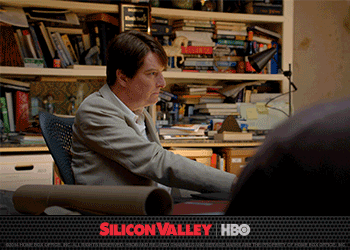
We were not vindictive and did not blame them for our own mistakes. If an accelerator puts blame only on the other party, that may indicate that they don’t acknowledge their failures or their part in the relationship. We all make mistakes, but you need investors who learn from theirs, and are not afraid to tell you about them.
7. What Do You Expect from Me?
What we expect from our founders informs how we choose companies to work with, and what we see as success when they go through our program. We have our own tough standards, but they are not universally what all accelerators expect.
We want every one of our companies to be a unicorn. We expect them to try. We expect ambition and drive, and hard work. We expect companies to improve markedly in all areas during our program. We expect them to challenge themselves and to meet challenges that we help them set.
But if you ask us, we will tell you that we also expect things like personal availability, honesty, willingness to talk about your motivations and to discuss your feelings. We expect our founders to take a broad range of input that other accelerators might not insist on. We expect them to adjust their ambitions according to new realities; to make changes swiftly if something doesn’t work, and react to obstacles rather than avoiding them.
Some accelerators will give hard and fast expectations in terms of growth, even on a weekly basis. There’s nothing wrong with that approach, but you need to understand the consequences of failing to meet those expectations.
You just need to know what you’re getting into, and what success looks like to accelerator you choose. Be honest with yourself, as to whether these are things you really want, and can handle.
8. What is Special About Your Ecosystem? Why Should I Go There?
Accelerators are deeply affected by their location in a particular ecosystem. What that ecosystem has and doesn’t have, and where it is, are important factors in your decision.
For example, StartupYard is located in a beautiful, accessible, and highly livable city: Prague. Our geography places us between East and West. We see that as a big advantage, and we want startups who also see it that way.
Our ecosystem has its strengths and weaknesses. Its size makes corporates more available, while it also limits which industries are most engaged here. The history of our region affects what we have to offer startups, and we work hard to express those peculiarities and special qualities to our companies.
Pick an ecosystem that works for you. Just because a place is big, doesn’t mean it’s best. Just because there’s money, doesn’t mean it’s the *right money*. The accelerator’s answers to this question will tell you a lot about how they see their value to you.
9. Does the Accelerator Pay The Mentors?
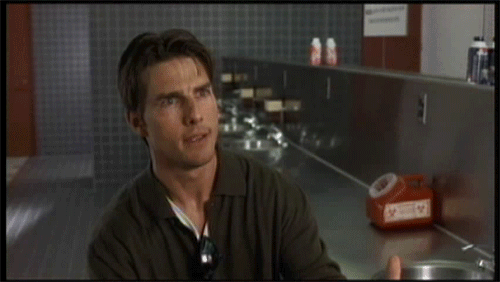
Hopefully the answer is “No.”
Of course, accelerators do pay for input from professionals in areas like design, marketing, speech coaching, in-person sales, and other soft skills. These workshop runners are professionals, and you get what you pay for. Mentors are different, however.
A mentor community should be all-volunteer because the connections that founders make with their mentors must be genuine. These are people who you will be relying on to follow-up, to open their contacts to you, make introductions, and be available for further advice and support down the line. That has to come from a place of passion, not greed.
Our mentors do it for various reasons. It improves their personal or company brand, it makes them look good, it gives them insight into emerging trends, etc. Primarily our mentors tell us that they do it because of the personal fulfillment and stimulation they get out of being mentors. These are high achieving individuals, who relish the chance to talk to people at the beginning of their own journey, and share their wisdom and knowledge.
That should be enough.
10. What Entrepreneurial Experience Does the Management Team Have?
An accelerator is for true entrepreneurs. No one is better suited to recognize your entrepreneurial strengths and weaknesses than a fellow traveler. That’s why most of StartupYard’s management team are founders of one kind or another themselves.
The management team don’t have to all be former tech startup founders. I was not a startup founder when I joined StartupYard. Neither was our Associate Helena, or our Portfolio Manager Jaromir. But we had all been entrepreneurs of one kind or another.
Cedric Maloux, our Managing Director, was a tech founder before it was cool, in the mid 90s. Helena owns a Yoga Studio, I run several side projects, and our Head of Partnerships, Gustavo, ran his own healthtech company for several years- we met because he applied to StartupYard with that project. It failed, but no one has better insight as to why it failed, than he does.
A military leader with no combat experience is a danger to the people he leads. It’s the same in Startupland. An advisor who hasn’t seen plans and dreams fall apart, is a liability to the founders he or she advises.
11. Do You Have Partnerships with Potential Customers?
Accelerators are not just about learning. They’re about doing. A key part of growing your company is going to be working with larger partners inside and outside the tech industry. A B2B startup needs real customers to talk to, and a B2C startup needs to talk to companies who serve the customers they are after. So ask about the accelerator’s real relationships with companies that may be important to your success.
In Startupland, there are “Partnerships,” and there are Partnerships. Promotional partners are cheap, and the relationships totally impersonal. Sponsorships and co-operational partnerships are better. An ongoing partnership is better than a short-term one.
You want an accelerator with a real working relationship with key players inside multiple industries and corporations. You may not always know which contacts you need, so the depth of the partnerships are important. Just because a company’s logo is on the accelerator website, doesn’t mean you’ll get past the secretaries if you need to.
So when you ask about these partnerships, pay attention to which contacts the accelerator actually has: they should be C-level, or other empowered representatives like board members, founders, and investors.
No accelerator will have powerful contacts in every corporation or government institution you may need, but an accelerator should have strong relationships in a range of key industries. This is why StartupYard has a dedicated team member for Partnerships, and it is why we have investors with deep ties to tech-related industries, who can leverage their networks for founders.
StartupYard is currently accepting applications for Batch 9. We’re looking for startup founders in Crypto, AI, IoT, and AR/VR!
Get started applying to StartupYard Batch 9. Applications close January 31st, 2018.



